What Are SAP Data Integration Tools?
4.9 out of 5 based on 12587 votesLast updated on 24th Jun 2025 22.1K Views
- Bookmark

These SAP Data Integration Tools enable smart, connected data environments that drive digital transformation, enhance governance, and improve performance.
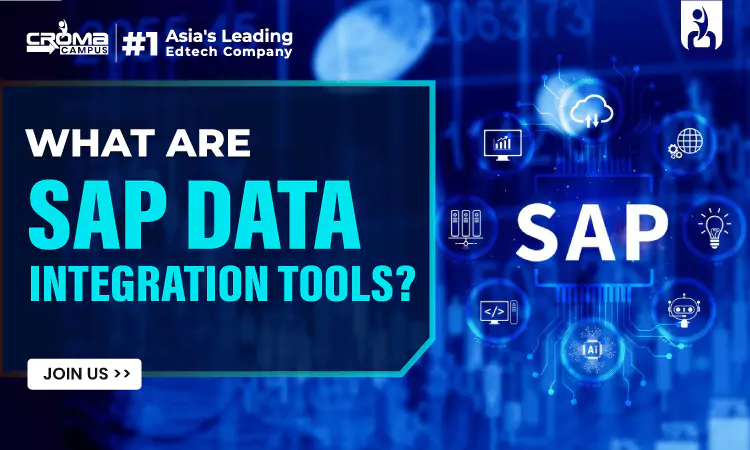
Introduction
Businesses depend on precise and current data to remain competitive in the data-driven corporate world of today. With perfect connection and data flow across many systems, SAP Data Integration helps companies to make wise choices and run effectively. Refer to the SAP Courses Online for the best guidance. It improves data quality, lowers redundancy, and enables real-time processing by combining information from SAP and non-SAP sources. Helping companies simplify processes and become more agile in their digital transformation path, SAP provides a selection of solutions customized for several integration demands.
SAP Overview
Leading business resource planning (ERP) program SAP (Systems, Applications, and Products in Data Processing) enables companies to control major operations, including finances, logistics, human resources, and supply chain. Originally established in 1972, SAP helps departments with data integration and process automation, therefore improving informed decision-making and efficiency. Its flagship product, SAP S/4HANA, supports both on-premise and cloud implementations and runs in real time. With strong modules suited for different sectors, SAP lets businesses improve efficiency, simplify processes, and change to digital transformation. SAP has grown into an essential tool in worldwide business management today, catering to companies of all kinds.
What Is SAP Data Integration?
SAP Data Integration allows one to view and integrate data from several sources inside and outside a business, hence enabling easy access and analysis across SAP and non-SAP systems. For business activities, reporting, and analytics, SAP smart data integration ensures continuous, real-time, correct data access. Among SAP's products for process management are SAP HANA Smart Data Integration, SAP Integration Suite, and SAP Data Services.
By using procedures like ERP, CRM, legacy systems, and cloud platforms, SAP Data Integration helps companies make better decisions. It also ensures data consistency and drives digital transformation throughout corporate settings. Furthermore, they support data virtualization, API-based integration, data extraction, processing, and loading (ETL).
Other SAP Related Courses:
Why Is It Necessary?
Here’s why SAP data integration is vital:
1. Ensures Data Consistency Across Systems
Usually found in CRM, ERP, and external apps, data in major corporations can exist in many systems. Data not included may be duplicated, inconsistent, or out of date. To guarantee consistency and accuracy, SAP data integration tools synchronize these many sources of data. Departments can run with consolidated insights and hence lower errors and confusion in business processes when the same information is accessible throughout all systems.
2. Improves Operational Efficiency
Manual data entry and repeated operations are greatly decreased when data flows effortlessly between systems. This lowers human error risk and enhances process automation. Integrating sales data from a CRM with financial data in an ERP system can, for instance, automatically trigger billing and invoicing, thereby saving workers time and effort. Faster turnaround times guaranteed by automation raise customer satisfaction and improve productivity.
3. Supports Real-Time Decision Making
To remain competitive, contemporary companies want real-time knowledge. Manager and stakeholders may make quick and informed decisions thanks to real-time access from many sources via SAP integration tools. Thus, companies can rapidly evaluate large volumes of data, identify patterns, and respond to operational difficulties or changes in the market using the SAP Integration tools.
4. Enables Data-Driven Strategies
Digital transformation and innovation depend on data at their heart. Integrated data systems offer a thorough view of market dynamics, client behaviour, and company operations. This assists in developing data-driven rather than assumption-based, successful strategies. Integrated analytics tools within the SAP environment help professionals create dashboards, reports, and predictive models for company growth.
5. Facilitates Compliance and Governance
Keeping correct and auditable data records is vital given the rising regulatory requirements. Using SAP data integration tools, data is properly governed, verifiable, and compliant with internal rules and external requirements. This improves the credibility of corporate data and lowers the compliance breach risk.
How Does SAP Data Integration Work?
Let us understand the processes involved in SAP Data Integration:
1. Data Extraction
Extraction of data from a range of source systems, which include SAP modules, third-party databases, cloud applications, and legacy systems, marks the beginning of SAP Data Integration. This is the procedure of gathering ordered and unordered data and getting it ready for further analysis. Connectors or adapters used by tools like SAP Data Services and SAP HANA Smart Data Integration pull data from several sources, guaranteeing compatibility and thoroughness during the extraction stage.
2. Data Transformation
Usually, once the data has been pulled, it must be standardized, cleaned, and changed to fit the target system's needed format and structure. SAP Data Services offers a great array of conversion features, including data type conversion, value mapping, and aggregation. This phase guarantees not only the correctness but also the relevance and consistency of the data. Customization of transformation rules based on business logic makes the data more relevant and helpful for operational procedures or analytics.
3. Data Loading
Once converted, the data is uploaded into the target system, which might be any other data warehouse or application, including the SAP HANA database or SAP BW/4HANA. Real-time loading or batch loading can be done depending on the tool and company needs. Real-time loading is usually reserved for situations needing up-to-date analysis; batch loading is for routine data updates at set intervals. Offering flexibility in data distribution, tools like SAP Landscape Transformation (SLT) enable both modes.
4. Data Federation and Virtualization
Data Federation enables access to external sources without relocating the data; SAP also offers this. Tools like SAP HANA Smart Data Access (SDA enable users to inquire remote databases as though they were members of the local system. While still providing quick access to required information, this lowers storage needs and data duplication.
5. Monitoring and Data Governance
Monitoring dashboards and metadata management tools included among SAP Data Integration products help to follow data flows, identify mistakes, and guarantee adherence to governance rules. Job status, logs, and data quality validation are all under user supervision. By enhancing confidence in the data and assisting in compliance with regulatory standards, this openness helps.
A unified process that combines several datasets, transforms them for consistency, and sends them to target systems for precise corporate intelligence, SAP Data Integration works.
Also Read These Blogs:
SAP S4 HANA Certification Cost
SAP Interview Questions and Answers
What Are SAP Data Integration Tools?
Designed to link, change, and manage data throughout several systems, SAP provides several SAP integration tools. For data migration, cleaning, and quality management, SAP Data Services is a powerful ETL (extract, transform, load) solution. Real-time data replication and federation directly into SAP HANA are enabled by SAP HANA Smart Data Integration (SDI). Using APIs and prebuilt connectors, SAP Integration Suite (a component of SAP BTP) provides cloud-based integration for connecting SAP and third-party applications. Using regular and timely insights, these solutions help companies to coordinate data, guarantee accuracy, and make better decisions via both batch and real-time processing.
Different SAP Data Integration Tools
Let us now explore some of the most important SAP Data Integration Tools. Refer to the SAP Courses in Delhi for more information.
1. SAP Data Services
Data integration, data quality, and data cleaning using a strong ETL tool called SAP Data Services. It extracts data from numerous sources, modifies it in line with business rules, and loads it into target systems such as SAP HANA or data warehouses. It helps SAP and non-SAP environments by allowing companies to maintain uniform, high-quality data across systems.
2. SAP HANA Smart Data Integration (SDI)
Directly into SAP HANA, SAP smart data integration allows real-time and batch data integration. It supports data federation, duplication, and transformation by offering adapters for several data sources. Businesses can use SDI to send real-time data from many sources into SAP HANA, hence enabling real-time analysis and reporting without needlessly duplicating data.
3. SAP Integration Suite (formerly SAP Cloud Platform Integration)
Connecting on-premise and cloud systems, this is a cloud-based SAP data integration tool. It encourages B2B integration, process integration, and API administration. Pre-built connectors and integration flows in the suite help businesses to link SAP systems more simply with external programs such as Salesforce, Microsoft, and Google services.
4. SAP Landscape Transformation (SLT) Replication Server
Real-time data replication from SAP ERP or other databases into SAP HANA is achieved using SLT. It is effective in situations where companies need real-time data updates in analytical settings; it promotes table-level replication and transformation. SLT guarantees that the reporting level accurately portrays the most recent transactional data.
5. SAP BusinessObjects Data Federator
Without physically transferring the data, this SAP data integration program enables federated searches across many data sources. By gaining access to dispersed databases and systems, it offers a coherent perspective for reporting and analytics. Though not as regularly utilized nowadays, it set the foundation for more recent federated data integration strategies.
Depending on company needs and system setup, each SAP integration tool addresses specific integration challenges. Learn more with the SAP Course in Noida.
Conclusion
Real-time insights, operational efficiency, and informed decision-making all benefit from the consolidation of data from many sources made possible by SAP smart data integration, which is quite important. Therefore, aspiring SAP professionals must consider learning from the SAP Certification Course for the best skill development opportunities. Using SAP Data Services, SDI, Integration Suite, and SLT, among other tools, companies can guarantee correct, consistent, and easily available data throughout the company. Through intelligent, interconnected, and integrated data environments, these tools together facilitate flawless digital transformation, improve governance, and boost performance.
Subscribe For Free Demo
Free Demo for Corporate & Online Trainings.


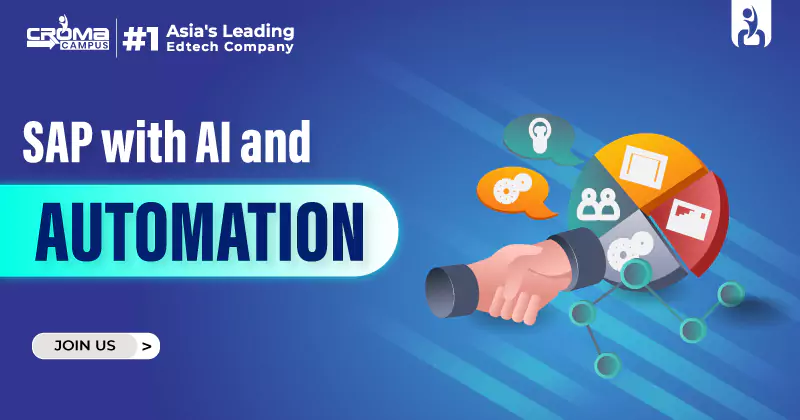
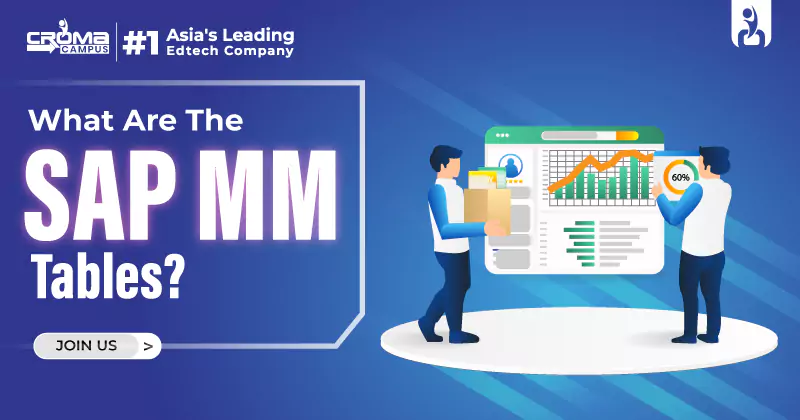
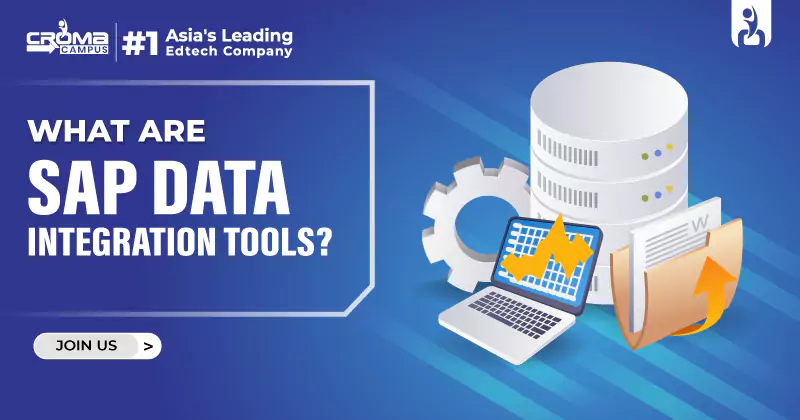
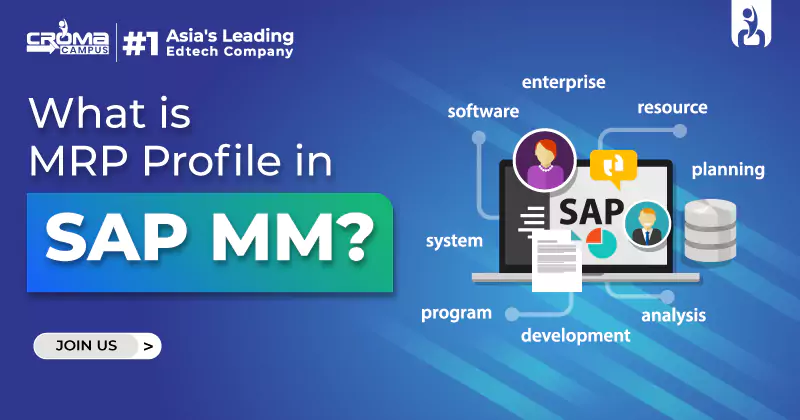
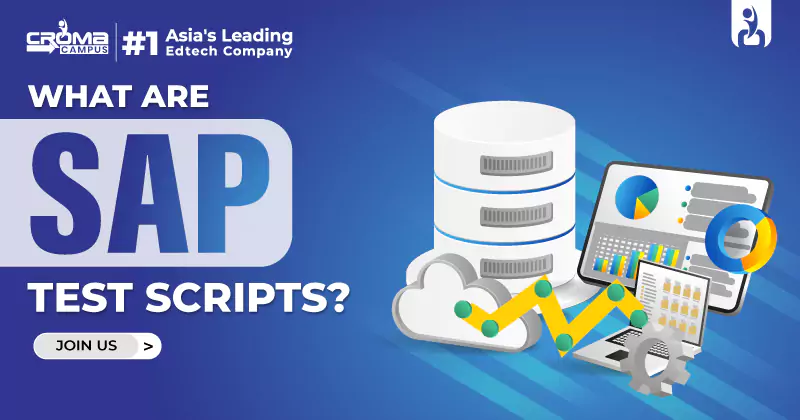
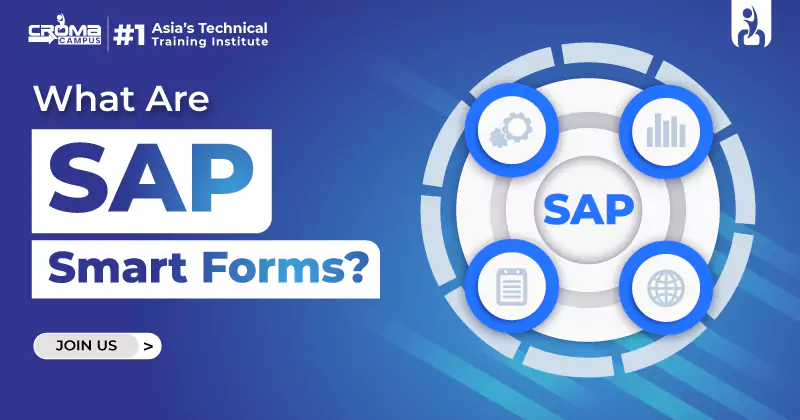









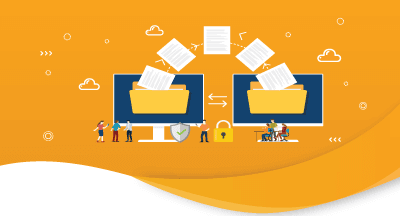







.webp)

.png)















